TAMBOUR EMBROIDERY AND SEWING WITH SILICONE SHEETS

Today’s project is a bit different. I haven’t done an exploration of unusual materials in such a long time, and when I was researching this project there was very little online from people who had attempted something similar. So. If you’re interested in doing bead or sequin embroidery on silicone sheets, or in sewing a project made from silicone - this post is for you!
I’ll go into the detail of why this project exists in a different post - the short version is that I was doing a bit of a deep dive into Kim Kardashian’s 2019 met gala dress - designed by Thierry Mugler and made from silicone (and - as it turns out- various other fun things) - and I realised that there was quite a lot more going on with the fabric of the dress than I’d originally thought.
From photos - a few things are obvious: The dress has these densely gathered pleats that emphasise its shape, and the pleats are embellished with beads and sequins, alongside the drop beads that are suspended from the dress using a kind of clear thread (I later found out this was fishing line). Upon closer inspection, however, I realised that certain flatter surfaces of the dress have additional sequin embellishment. You can see this here:
My first thought was that the dress was made from sheets of silicone that had been embroidered, which is what I decided to test using this project. I later found out that the dress is actually made from a particular type of mesh fabric (a type of stable tulle) that was coated in liquid silicone. I’m also experimenting with that to compare the results, but that’ll be a separate post as well.
I ordered a sheet of this silicone from AliExpress - I chose the .4mm thickness, and the piece is 50cm square, which seemed plenty for an experiment. A LOT of people I spoke to about this project were absolutely convinced that the silicone was going to rip (or, more accurately, pop like a balloon) when I tried to embroider it, to the point where I also became pretty convinced that it wasn’t going to work. But! We were all wrong! When the silicone arrived, I started by poking two tiny holes in it with my tambour embroidery hook , and the silicone held up fine! When it stretches, the holes expand, but when you release the stretch it relaxes back into place.
EMBROIDERING ON SILICONE
I cut two pieces of silicone for the front and back of the clutch, each 25cm by 15cm, and basted the edges to a piece of organza with a 5mm stitch so that I could mount the organza in my slate frame. I didn’t want to put unnecessary holes in the silicone by pinning it, so this seemed like a good idea, and it worked well! It also kept me from overstretching the silicone in the frame when I mounted it.
The embroidery is a vermicelli stitch with 4mm flat mirror-finish sequins using monofilament invisible thread (the kind you get in specialty quilt shops). I used a size 70 tambour hook so the holes would be as small as possible. I really dislike working with invisible thread, but it gives exactly the right look for this project and I wanted to try and stay as faithful to the details I was seeing in Kim K’s dress as I could.
To that end, once I was finished with the front and back of my little clutch, I drafted a bow overlay for the front so that I’d be able to mimic the pleats on the front waist of her dress.
For this piece, I added more sequins to the edges (keeping them out of the middle) and stitched lines of clear silver-lined seed and bugle along the pleat edges. I finished it off with an organza cuff in the middle to mimic the bow’s knot.
SEWING SILICONE
With the embroidery done, I moved on to sewing the bag together. Silicone is a pretty tricky thing to sew - like leather, once you pierce it the hole will always be there so go slow, and be careful! It also clings to hard surfaces, so I used sheets of tissue paper below the piece to keep it from sticking to the machine’s bed, and above to keep it from sticking to the foot. I used my zipper foot because I wanted to get as close to the beads as possible without crushing them (I’ve used this trick before on other bead projects, it’s excellent! and I used a 4mm stitch length.
I initially started with the smallest needle I had in my box - a 70/10 microtex, but I broke it sewing through one of the silicone pleats so I swapped it for an 80/12 universal. I also used normal sewing thread for the construction instead of the invisible thread I embroidered with because I was worried about strength - it blends into the seams nicely so I don’t mind.
The bag has D rings (attached with silicone underlined with organza for strength) which I’ve attached my shoulder chain to, as well as a french seamed organza lining to add strength and also keep things from clinging to the silicone on the inside. The finishing touch was a zipper!
I ended up using a standard invisible zipper - Initially, I found a transparent plastic one that I stitched in only to have it immediately bust apart when I turned the bag right side out (the plastic one was toothless - it was more like a ziplock closure than a traditional zipper) and although I could squeeze the ends back together, it just kept happening so I decided to revert to familiar territory. The zipper blends in well with the lining and I’m happy to accept this compromise since invisible zips are known territory for me and I didn’t want to damage the bag further by stitching in another potentially-risky zip.
I finished it off with some drop-beads attached to the bag with lightweight fishing line. After a lot of trial and error (I was initially planning on melting the knots to secure - this did not work), I settled on the method of tying a triple knot, securing with a dot of superglue, and stringing the fishing line through a sequin from back to front. Once this was done, I strung seed beads and ended with a drop bead which was again tied three times and dotted with superglue. The longest part of this process was waiting for the superglue to dry for each bead, but overall it went well! The beads bounce around on the fishing line and make this fun sound that sounds a bit like raindrops - the perfect finishing touch!
So! What’ve we learned? I could’t find anything online about embroidery on silicone sheeting when I started this project, so I want to make sure you have everything you need to know if you’d like to do something similar. Here are some tips:
- Although the silicone didn’t tear at all when I worked with it - despite heavy embroidery, breaking a needle in the seam during construction, and sewing my zipper in twice - in theory it’ll lose its strength with too many holes poked close together, so be careful with your design, and keep your needle sizes as small as possible whenever possible
- Use tissue paper when stitching to keep it from getting stuck to your machine’s bed and foot
- Silicone has a very firm stretch, a bit like powernet. If you’re planning on making something that will stretch, you probably need to account for that with your embroidery (although the chain stitch we use in tambour embroidery is also a little bit stretchy which is nice!) I also noticed that it turned white when stretched, but it went back to clear when I un-stretched it.
- Using superglue to secure knots in fishing line works excellently - melting them with a lighter, less so.
I have embroidered a couple of samples with the vermicelli stitch using the same thread and sequins so that I can test coating them in liquid silicone - which is how Kim’s dress was actually made - but you’ll have to wait for a future instalment to see that in action, since it’s still very much an experiment in progress!
Enjoyed the project?
The author may collect a small share of sales from the links on this page.

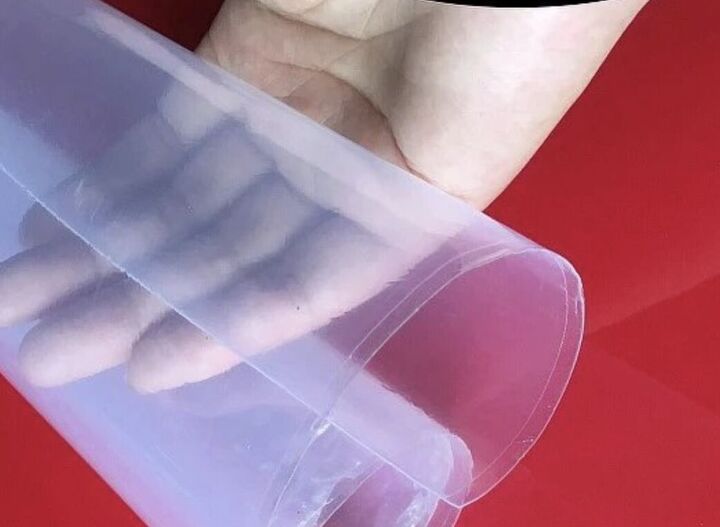







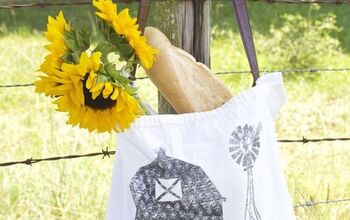


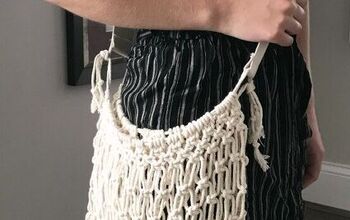
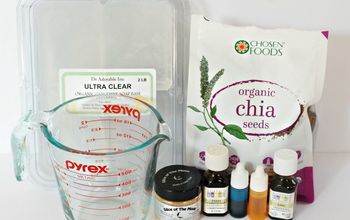
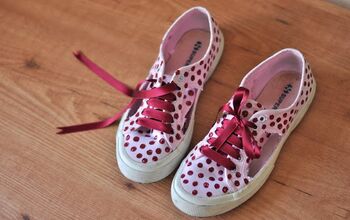

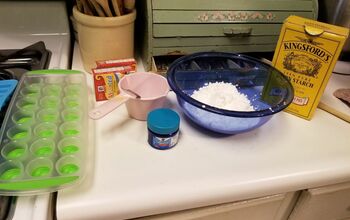
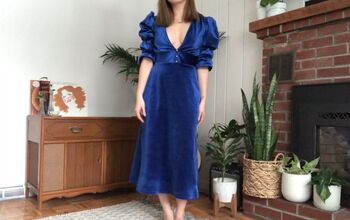
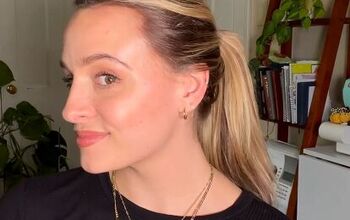

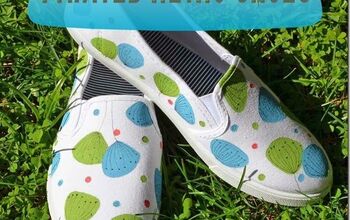

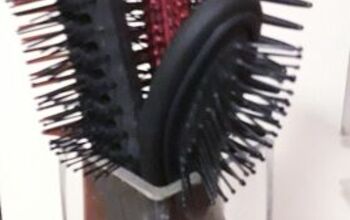


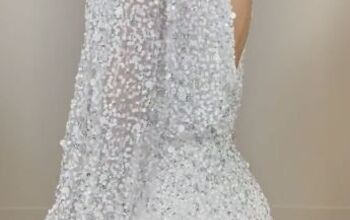

Comments
Join the conversation